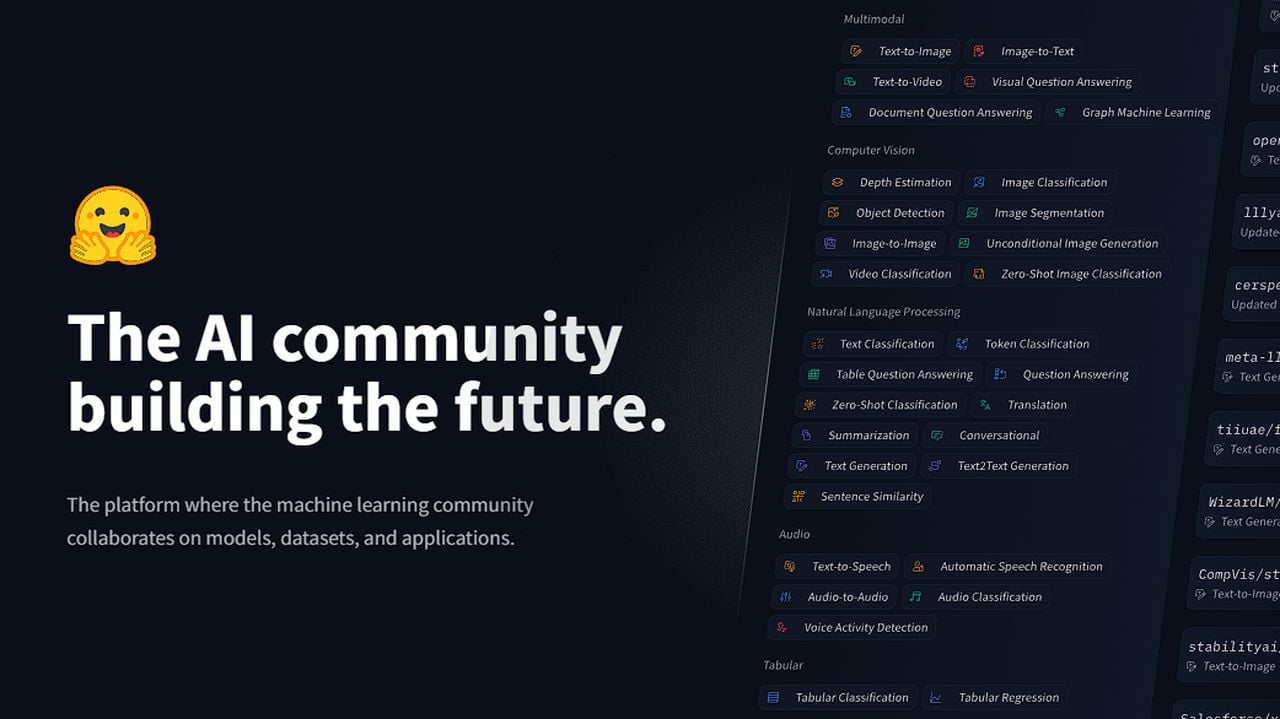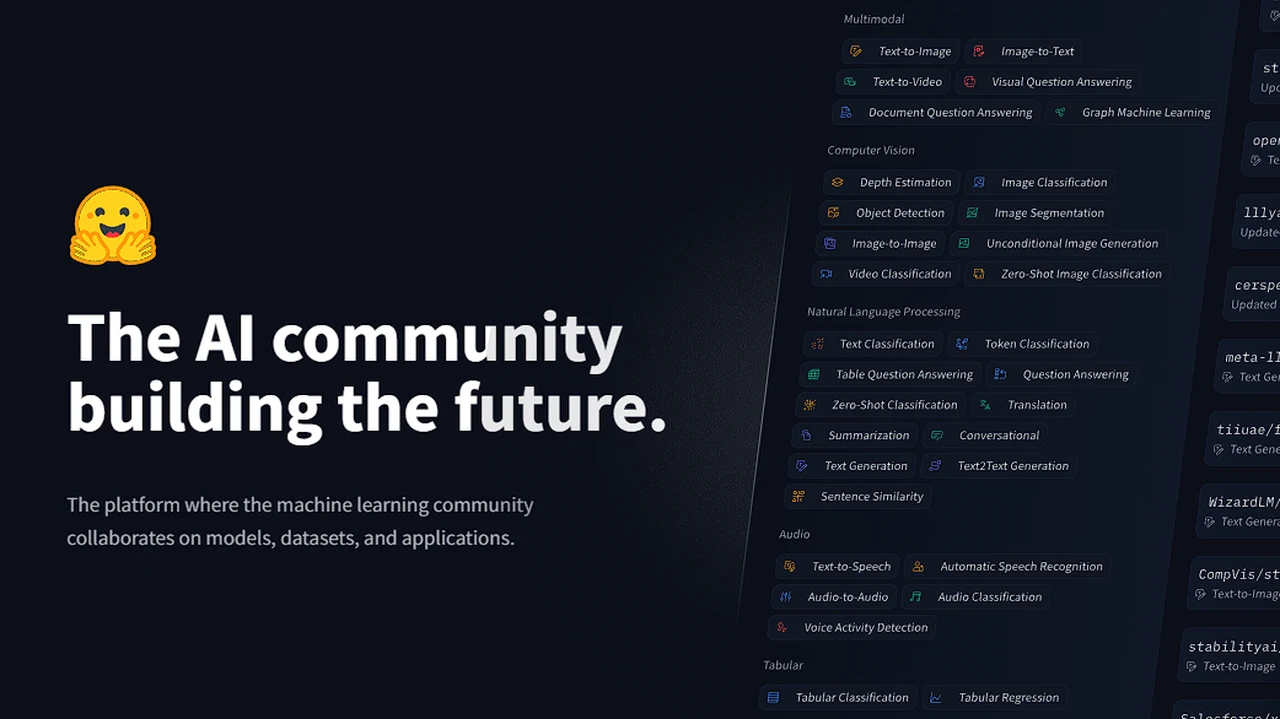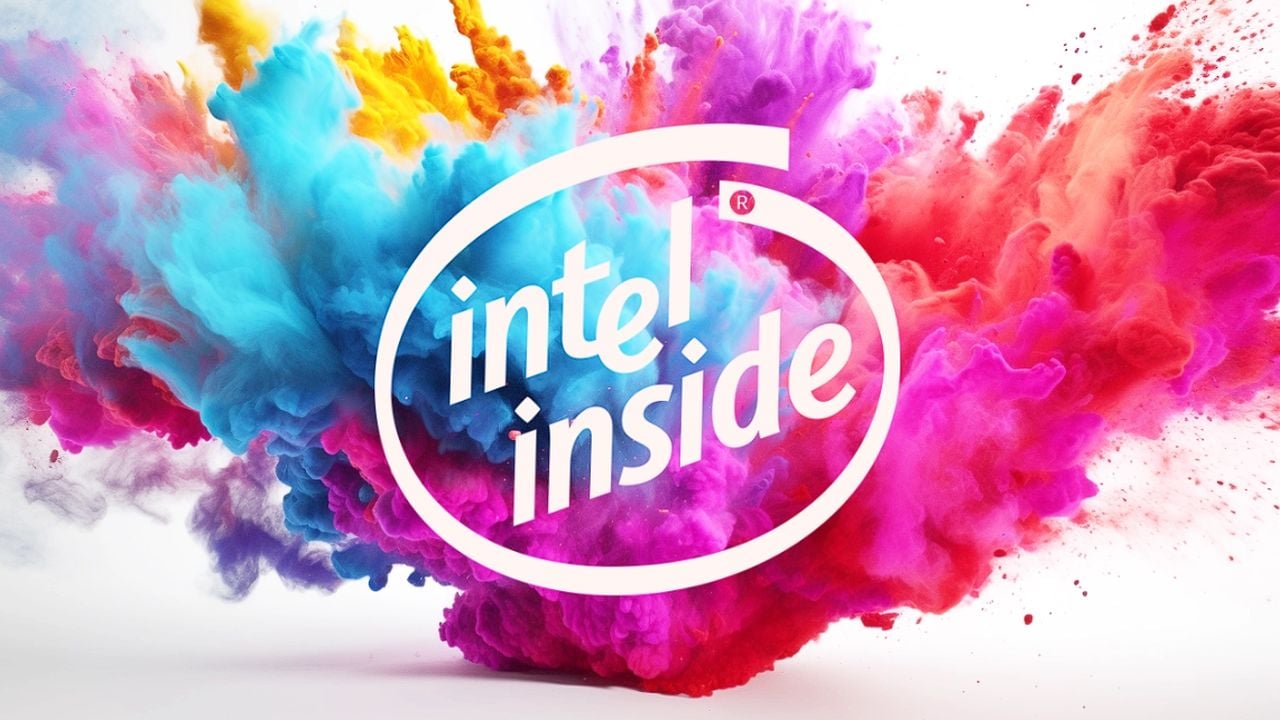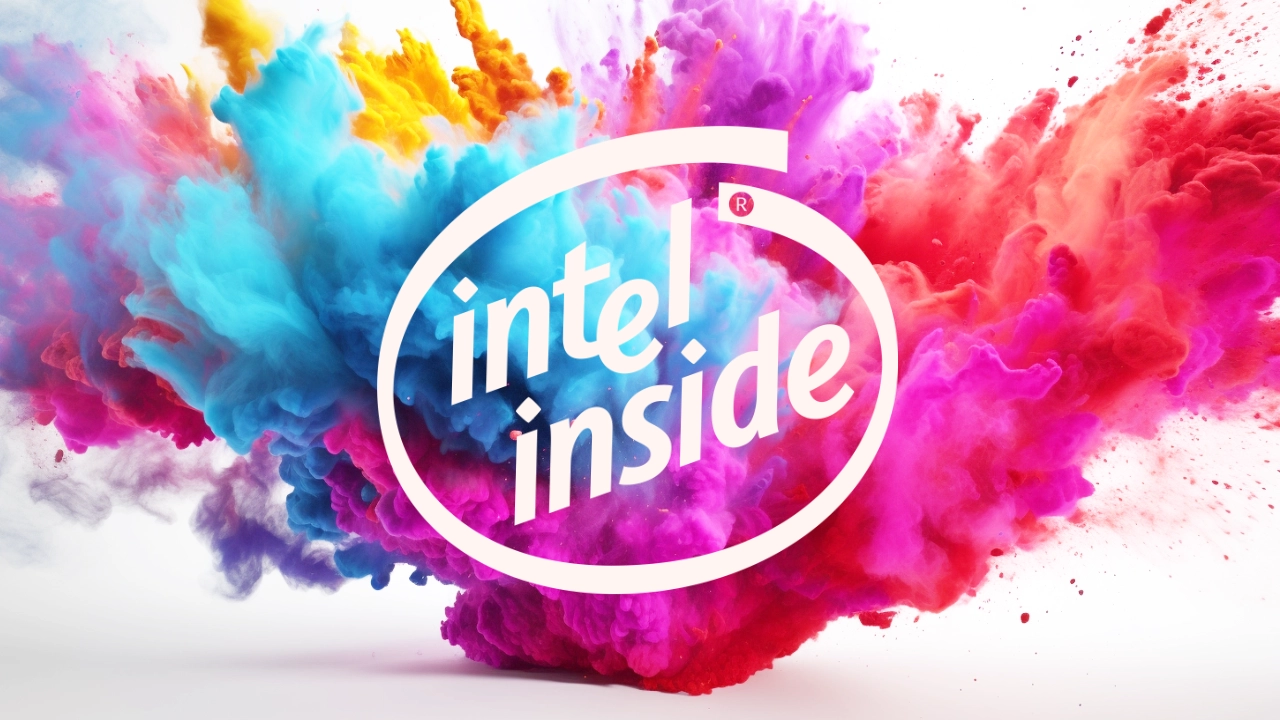[ad_1]

microsoft El modelo de microlenguaje Phi-4 estará abierto el miércoles. El último modelo de inteligencia artificial (IA) de la serie Phi se lanzó el mes pasado; sin embargo, en ese momento solo estaba disponible a través de Azure AI Foundry de la compañía. En ese momento, el gigante tecnológico con sede en Redmond dijo que pronto haría que el código fuente del modelo de IA estuviera disponible en el dominio público. Ahora, las personas interesadas pueden acceder al modelo de IA centrado en el razonamiento a través de Hugging Face. Microsoft también permite que el modelo se utilice en casos de uso académico y empresarial.
Modelo de IA Phi-4 de código abierto de Microsoft
Sheetal Shah, miembro del personal técnico de Microsoft AI, llevar a X (anteriormente Twitter) para anunciar la disponibilidad de los pesos del modelo Phi-4 AI en Hugging Face. El modelo de IA está disponible bajo licencia del MIT para uso académico y comercial. Las personas interesadas pueden acceder a una lista de formularios. aquí.
Lanzado ocho meses después del lanzamiento del modelo de IA Phi-3, se dice que el SLM ofrece mejoras significativas en la resolución de consultas complejas basadas en heurísticas en campos como las matemáticas. Phi-4 tiene una ventana de contexto de 16.000 tokens y fue entrenado en un conjunto de datos de 9,8 billones de tokens.
Citando la fuente de los datos de capacitación, la lista de Hugging Face destaca un conjunto de datos que incluye tutoriales y datos educativos de alta calidad disponibles públicamente, datos sintéticos sobre una amplia gama de temas, libros académicos aprendidos y conjuntos de datos de preguntas y respuestas, así como datos en formato de chat moderado.
Vale la pena señalar que es un modelo de solo texto, lo que significa que solo acepta texto como entrada y salida. El modelo de IA viene con 14 mil millones de parámetros. Microsoft afirma que el modelo de IA se basa en una arquitectura de transformador denso solo decodificador.
En el momento del lanzamiento, Microsoft también compartió los resultados comparativos del modelo de IA. En consecuencia, la compañía afirmó que la última versión del Phi SLM supera al modelo Gemini 1.5 Pro en el punto de referencia de problemas de competición deportiva.
También se puede acceder al modelo Phi-4 AI a través de Azure AI Foundry de Microsoft. La plataforma también ofrece ayudar a los desarrolladores y organizaciones a gestionar los riesgos de la IA. También viene con funciones como protectores de velocidad, detección de puesta a tierra y filtros de contenido. Estas capacidades de seguridad también se pueden exportar a una aplicación utilizando la interfaz de programación de aplicaciones (API) de la empresa.
Recibe las últimas novedades de CES en Gadgets 360, nuestro sitio web Salón de electrónica de consumo 2025 centro.
[ad_2]
Source Article Link









